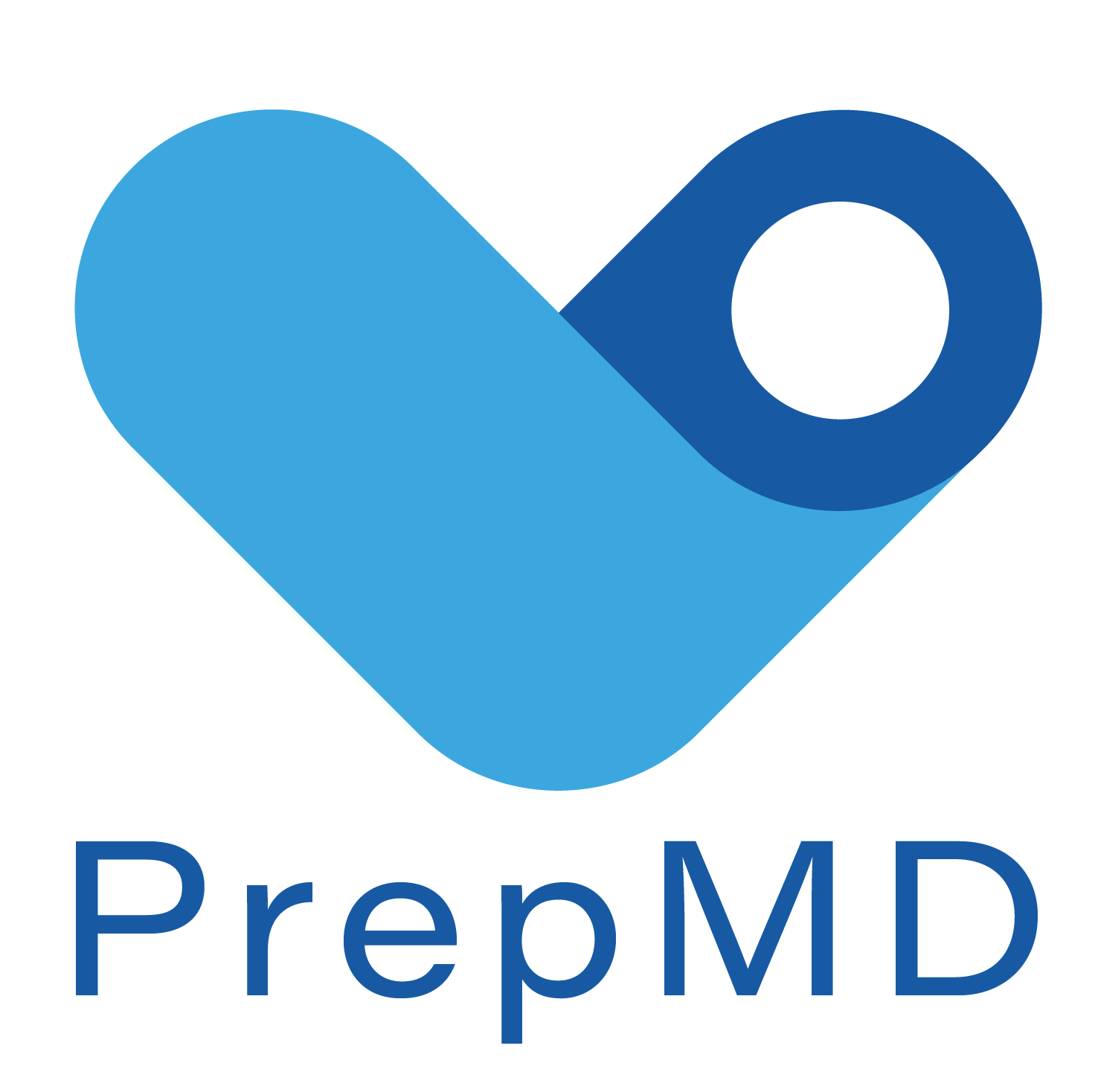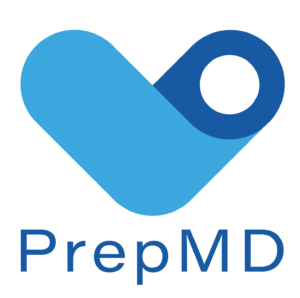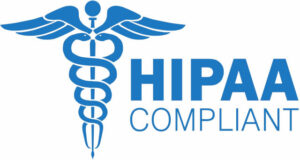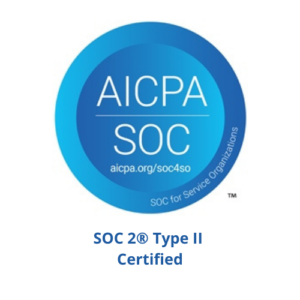Questions: hts@prepmd.com
Meet Your Host:
Greg Lisi, CCDS, CEPS, President, PrepMD

Greg Lisi, CCDS, CEPS
"Every device clinic is unique, operating under different protocols and patient needs. It's crucial for clinical teams to be proficient in fundamental concepts and specialized technical skills. Our device clinic webinar series is designed to bridge this gap, offering insights into technical principles and practical applications, all delivered by our experienced training team and IBHRE-certified clinical experts."
Season 2 Topics
This 6-episode webinar series for cardiac device technicians,
nurses and clinic managers presents critical concepts,
case studies and best practices.
Episode 1:
Managing Sensing Issues
Learn more about how to troubleshoot and manage sensing issues in CIEDs. Oversensing and undersensing can lead to inappropriate pacing or shock therapy and can be due to things such as lead fractures and the underlying patient condition. Troubleshooting these problems can sometimes be straightforward but is often not and includes adjustment of the programmed sensitivity, polarity, or sensing scheme.
Episode 2:
Managing Capture Issues
Loss of capture can be a critical problem in CIED patients. We will discuss how to identify loss of capture and how to manage these issues in clinic and remotely, to include auto-capture, adjustment of pulse width, and reprogramming of pacing vectors in CRTs.
Episode 3:
CRT Non-Responders
Building upon our previous CRT webinar, we will be discussing the challenge of CRT non-responders. Topics include clinical trial data, optimization of AV and VV timing, pacing from multiple sites on the LV lead, and how to assess patients to better understand the need for reprogramming.
Episode 4:
Advanced Timing Cycles
Timing cycles can be intimidating. We hope to demystify some of the more advanced timing cycles topics in this webinar, such as atrial and modified atrial based timing, episodal pacing, LV protection period, and LV only pacing.
Episode 5:
Non-Transvenous Devices
This session will focus on the troubleshooting and management of non-transvenous CIEDs, such as subcutaneous and extra-vascular ICDs, and leadless pacemakers. These devices have different parameters and therapy capabilities, and the in-person and remote evaluation varies compared to transvenous devices.
Episode 6:
Advanced Mode Switching
Mode switching for atrial fibrillation is a commonly utilized algorithm to prevent tracking of fast atrial rates. This webinar will focus on troubleshooting inappropriate mode switches for things like FFRWOS and RNRVAS, as well as advanced algorithms designed to mode switch in the presence of atrial flutter. Finally, we will discuss the updated guidelines for device detected atrial fibrillation and oral anticoagulation.
Season 1 Topics (Recordings Available)
To request access the previous webinars, please email hts@prepmd.com
Best Practices for Conduction System Pacing Follow-Ups
Conduction system pacing offers an alternative to traditional RV pacing and can provide many benefits to your patients, but also comes with unique challenges. In this webinar we will be reviewing His Bundle and Left Bundle Branch pacing, including selective and non-selective capture, and how to troubleshoot high thresholds, oversensing, undersensing, and interactions with other algorithms.
ILR Management and Rhythm Interpretation
Implantable loop recorders are a great tool to help correlate patient symptoms with rhythm disturbances, as well as to monitor arrhythmias such as atrial fibrillation. This webinar will discuss how to classify rhythms detected by ILRs and how to manage false positives.
PMT Interpretation and Management
PMT, or pacemaker mediated tachycardia, is a common phenomenon that can happen in dual chamber devices and lead to patient symptoms. This episode will cover what PMT is, how to stop it, and the different algorithms designed to prevent it from occurring.
VT vs SVT Episode Analysis
The primary purpose of an ICD is to appropriately treat and terminate life threatening arrythmias such as VT or VF. However, the device needs to be specific enough to inhibit therapy for SVTs with rapid ventricular conduction. In this webinar, we will discuss a systematic approach for analyzing ICD episodes, including how to differentiate VT from SVT.
LV Lead Troubleshooting
CRT, or cardiac resynchronization therapy, is a therapy that has the potential to significantly improve a patient’s quality of life, but it is not without challenges. We will discuss how to troubleshoot problems such as high LV thresholds, diaphragmatic stimulation, and non-response to CRT.
Interpretation of Heart Failure Diagnostics
Heart failure is a condition that impacts tens of millions of people worldwide. Heart failure patients can decompensate quickly, often requiring a costly and intensive stay in the hospital to recover. Some implantable devices can improve heart failure symptoms, but also can identify an impending heart failure decompensation. This webinar will discuss some of these algorithms and best practices for how to interpret the data.





